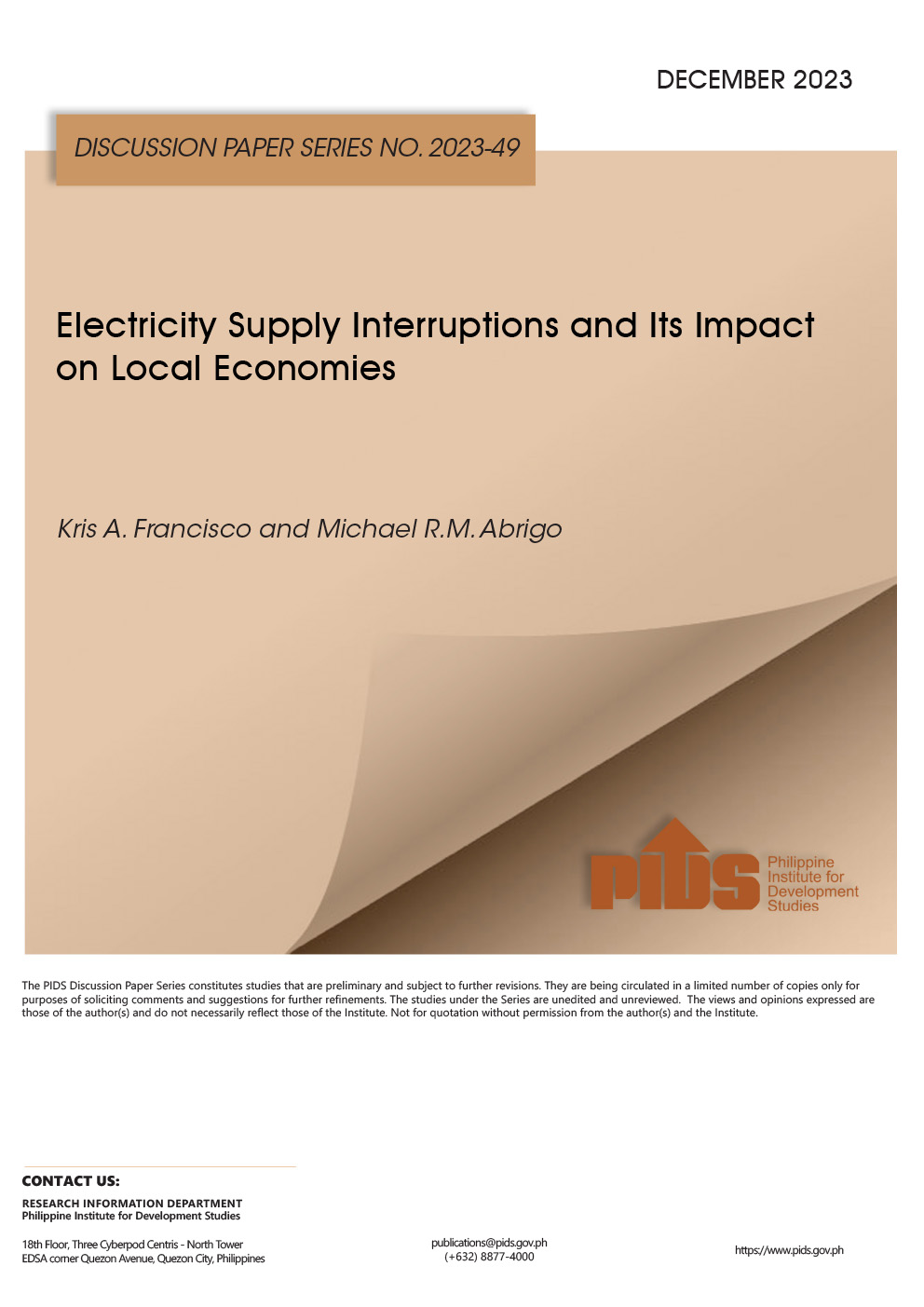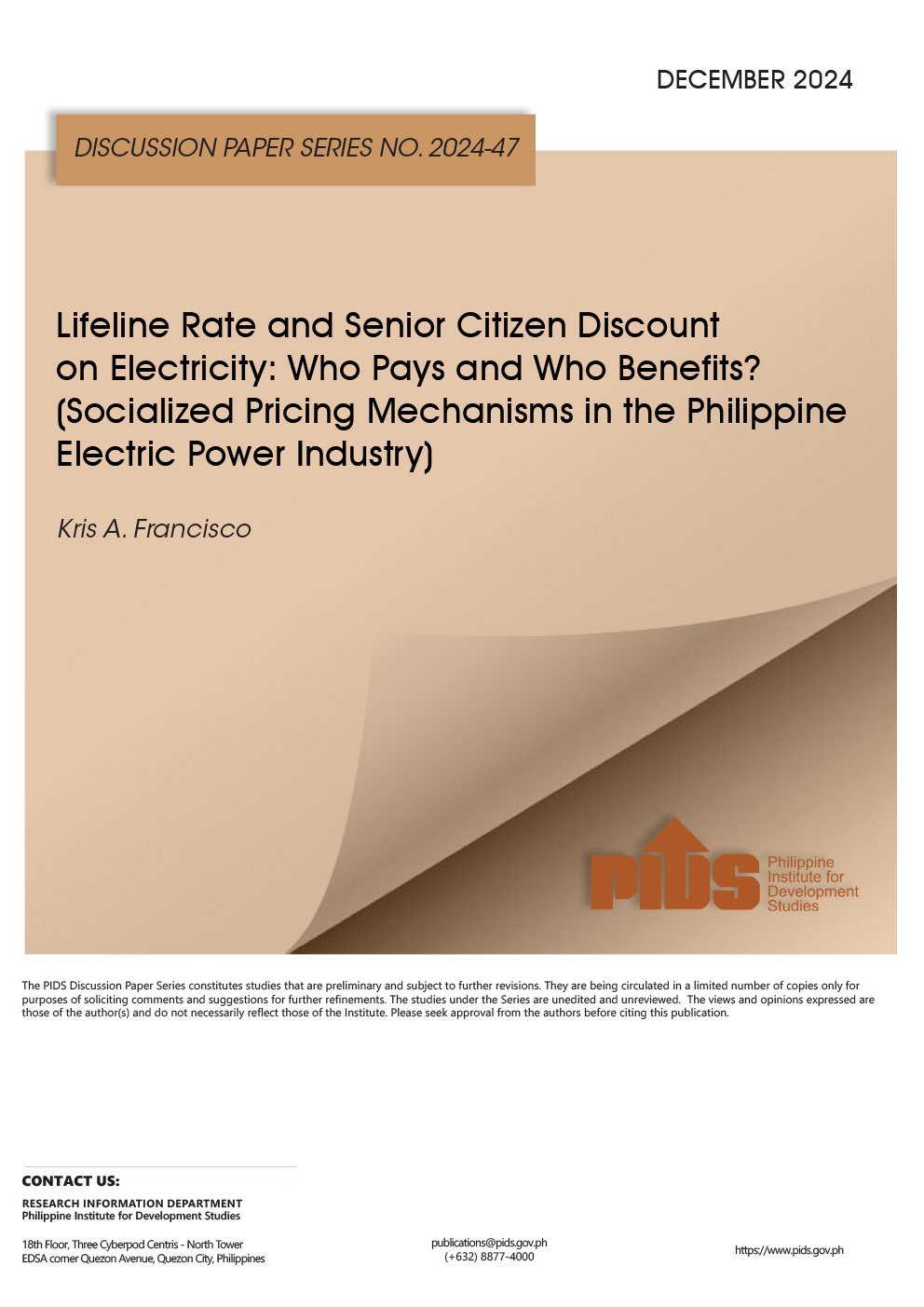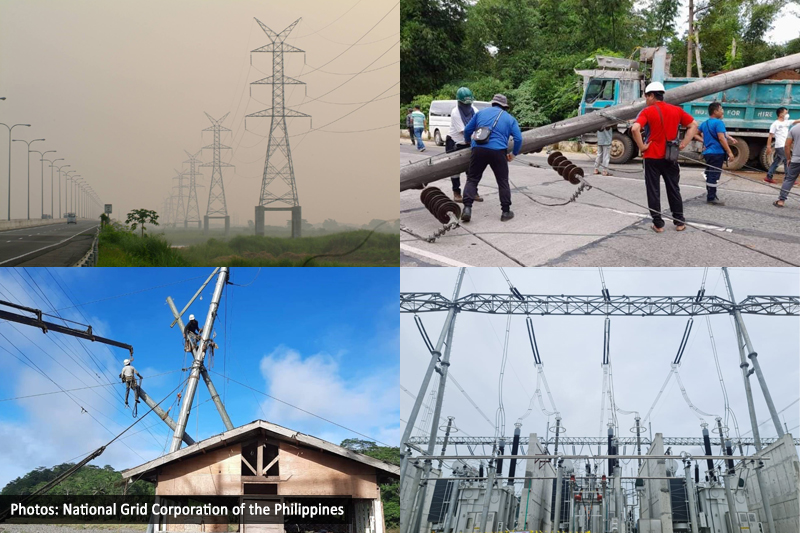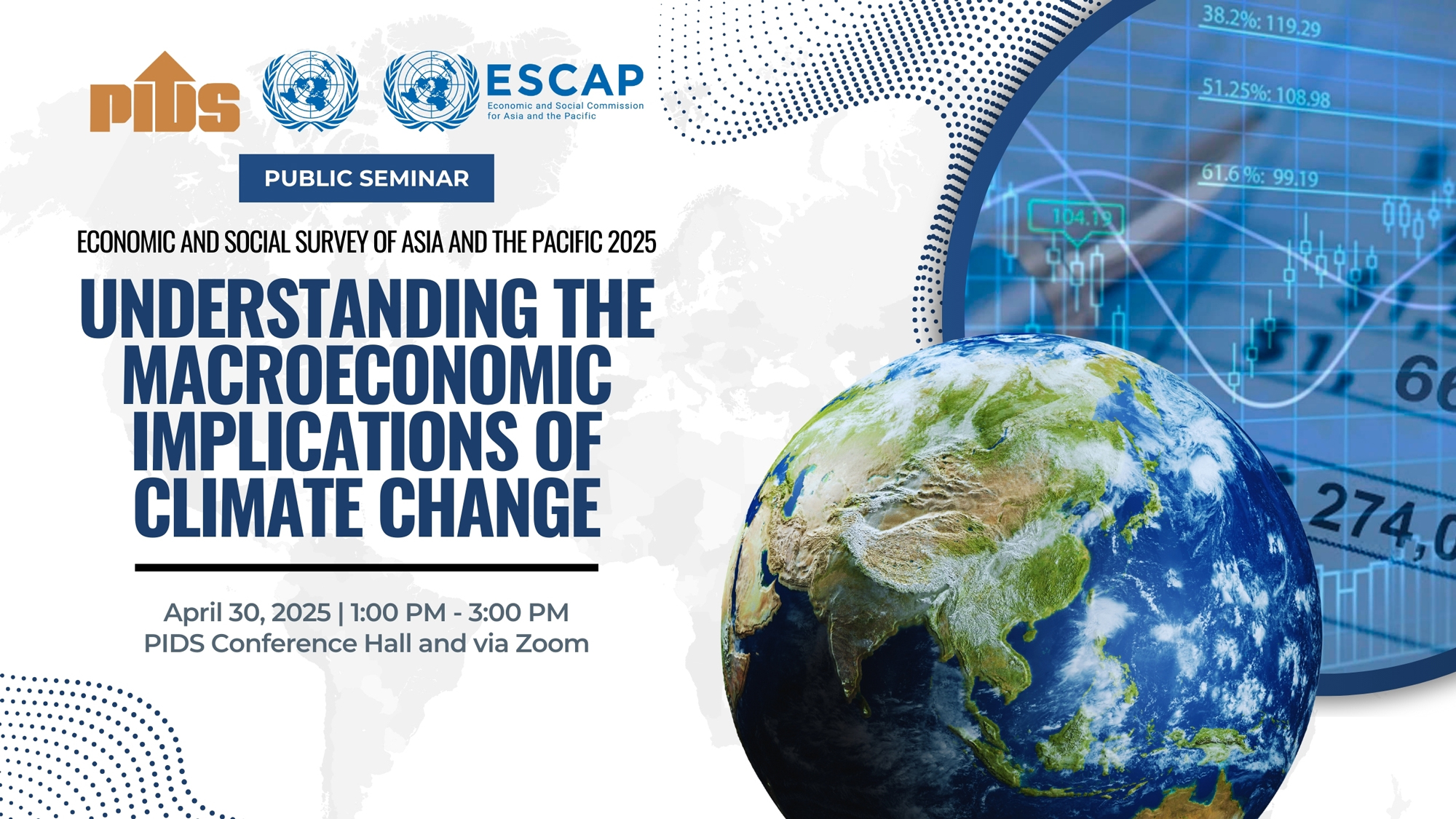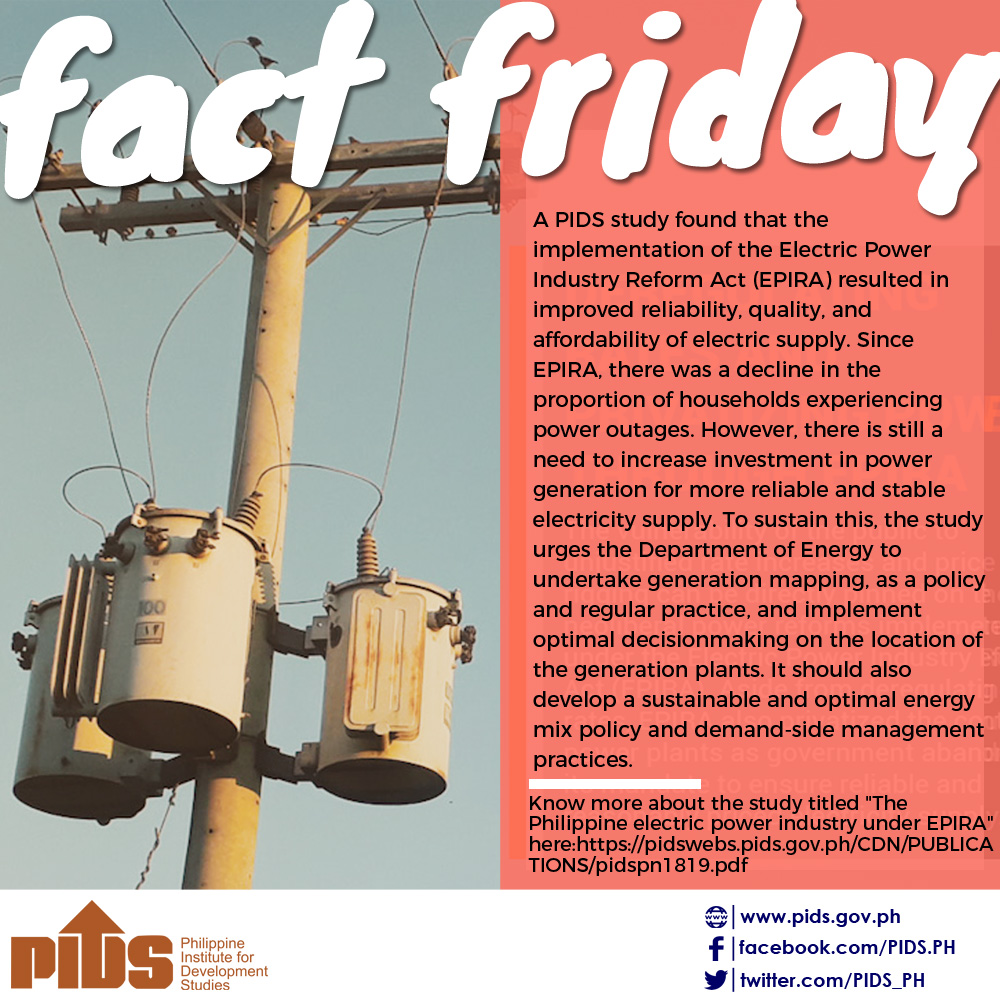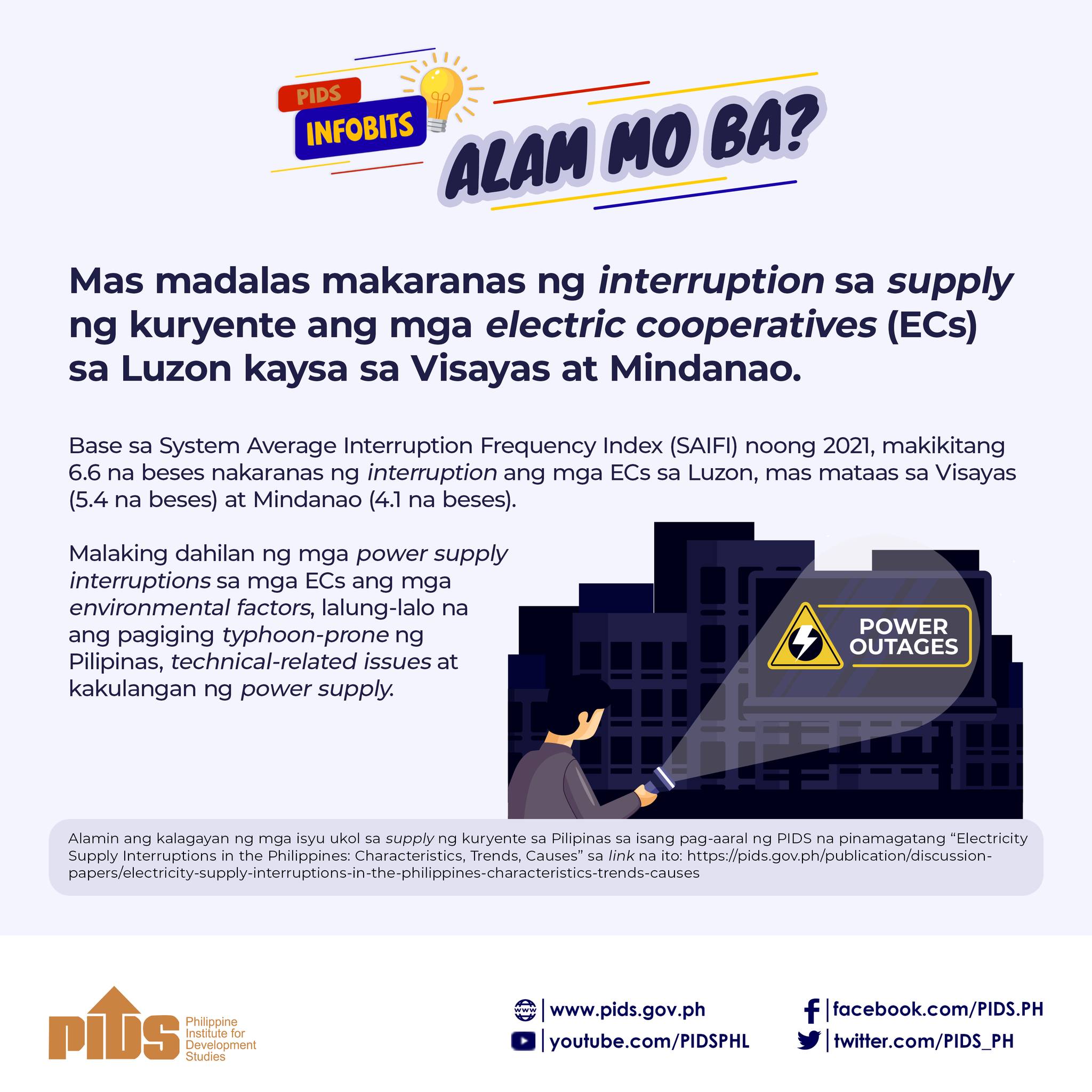About 130 million people in Southeast Asia lack access to electricity, according to a Philippine Institute for Development Studies (PIDS) study obtained by The Daily Tribune. The PIDS study, led by Dr. Adoracion Navarro, said that at least 228 million people around Southeast Asia still rely on traditional biomass for cooking and lack access to clean and modern cooking facilities. This old technology contributes to geo-hazard of the region as the most common system of biomass cooking is through the dirty coal and charcoal and firewood cooking. Based on projections of the International Energy Agency (IEA), about 63 million of the Asean population will still have no electricity in 2030. In the Philippines, 16 million of its population is without electricity. This problem also persists in Indonesia (63 million of its population), Myanmar (26 million), Cambodia (10 million), Thailand (8 million), Vietnam (2 million), Lao PDR (2.2 million), and in Malaysia (200 thousand).
Only Singapore and Brunei Darussalam have 100 percent electrification rate. Lack of electricity access is much greater in rural areas than in urban areas. Improving the rural electrification ratio is a major challenge both at the national and regional levels considering the level of electricity access among the 10 Asean members. The Philippines has a total electrification rate of 83 percent. Its urban electrification rate is 94 percent, which is 21 notches higher than its 73 percent rural electrification rate. Nevertheless, about half or 47 million people rely on traditional biomass for cooking. Navarro recommended linking the benefits from and strategies in Asean Energy Market Integration (AEMI) with the eradication of energy poverty in Southeast Asia. In particular, the investment requirements and financing options should consider the needs of the energy-poor. Energy market integration in the region should also contribute to the respective members’ national economic growth and development, where lack of access to modern energy services is one of the constraints. To achieve universal access to electricity by 2030, the Asean would need to invest about $48 million.

